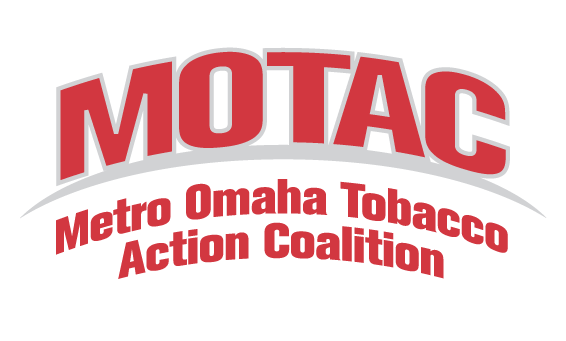Outreach within the Native/Indigenous Peoples Community
Native Americans, a segment of the population that includes American Indians, Alaska’s indigenous populations, Native Hawaiians and others, are extremely vulnerable to tobacco use and its deadly health effects. Tobacco abuse by this population is one of the top three health problems, in addition to complications of obesity and diabetes.
In fact, according to the CDC, American Indian/Alaska Native youth and adults have the highest prevalence of cigarette smoking among all racial/ethnic groups in the U.S. This is also true in Nebraska, where nearly 45 percent of Native American adults smoke.
Use vs. Abuse
For the Native American community, tobacco is sometimes viewed as a plant with sacred character, and it can be a mainstay of native ceremonies. For New England Indians, tribal religious ceremonies and intertribal conferences begin with a pipe and the smoking of tobacco. For some Native American tribes, tobacco smoke has been traditionally used to cure illness, to purify, and as a form of prayer. Some tribes cultivate tobacco crops as a reflection of great respect.
Unlike commercial tobacco use, there is no evidence that tobacco use in traditional ceremonies leads to habituation. Tobacco use honors and respects native traditions – tobacco abuse does not. Because smoking is associated with these sacred rituals and spiritual practices, a distinction must be made between ceremonial tobacco use and commercial products that contribute to death and disease.
As always, the youth of the community are vulnerable to the brutality of commercial tobacco products: children learn by watching adults. It is critical that Native American parents teach children to respect traditional tobacco use and avoid tobacco abuse.
